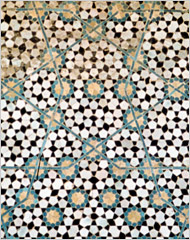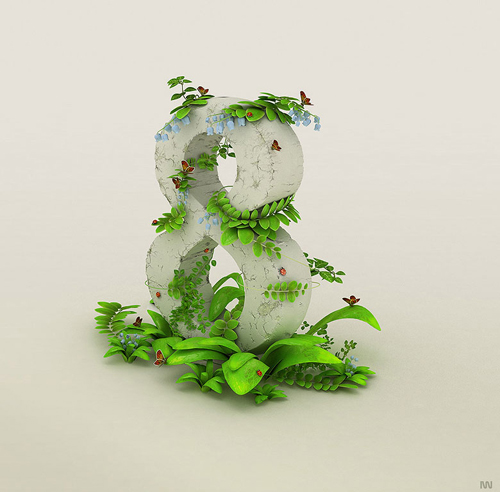a kind of dreaming
“Some blogs—by pundits, professors and pompous gits—would seem to have little to do with . . . identity-creation, but of course that’s not really the case. These blogs are superficially about current events, but their real topics are their authors. The blog is where you make yourself into an authoritative person, a source of information and insightful analysis. A long-haired, middle-aged, professor might use his blog in order to affirm his identity as an eccentric outsider still in touch with his students. This . . . is a kind of dreaming, a fantasy-creation which the blog helps make real.”
—Erik Ringmar, A Blogger’s Manifesto, 2007.
Your blog
“Corporate practices in recent years have become increasingly repressive. Computerized technology has provided unprecedented ways of policing staff. Email and web use are monitored, and keystrokes on computers are routinely recorded. As American companies in particular have come to realize, scared workers bring in higher profits than happy workers.
But computers are not only enslaving employees but also helping liberate them. Employees are turning to the web for emotional sustenance and support. You blog in order to make friends, deal with stress, with unreasonable bosses or difficult colleagues. You blog to sound off or take the piss and you blog to subvert a corporate image which presents you as an ever-smiling manikin. You blog to stay sane. You blog to stay human. . . .
In this new and far more insecure world, your only source of protection lies in your personal achievements and in the friendships you can strike up. Your blog helps promote both. The blog showcases your talents and it connects you to a larger world. In the new labour market success comes to those who stand out, while the people who get screwed are the ones who keep their heads down and hope for the best. It actually might be safer to blog.”
—Erik Ringmar, A Blogger’s Manifesto, 2007.
The best blog in the world
Having just finished reading Erik Ringmar’s A Blogger’s Manifesto (see previous posts) I feel compelled to toss onto the site a few words of my own. The best blog in the world is I Just Want To Be A Tugboat Captain, and it’s pure coincidence that I happen to know its author. He was a graphic design student of mine about a dozen years ago. He was a good student, and when he graduated he moved to New Orleans and worked as a professional graphic designer at a very pleasant and successful graphic design firm.
But . . . oddly . . . he wasn’t satisfied with his life. He joined the Peace Corps for a year or two, and then . . . but I don’t want to give it all away. His name is Dave . . . and he Just Wants To Be A Tugboat Captain. Check it out!
the most beautiful of all American flags

—John McPhee, Coming into the Country, 1977.
‘Alaska furniture’
“There were two rooms, full of period ‘Alaska furniture’ made from orange crates, Blazo boxes, and egg crates.”
—John McPhee, Coming into the Country, 1977.
that flying white mountain
“If you were looking toward Mount Everest from forty miles away, you would lift your gaze only slightly to note the highest in a sea of peaks. Forty miles from McKinley you can stand at a bench mark of three hundred feet and climb with your eyes the other twenty thousand feet. The difference—between your altitude near sea level and the height of that flying white mountain—is much too great to be merely overwhelming. The mountain is a sky of rock, seemingly all above you, looming. Until it takes itself away, you watch it as you might watch a hearth fire or a show in color of aurorean light.”
—John McPhee, Coming into the Country, 1977.
‘thought-stingers’
“The easiest way for college professor ‘bees’ to administer their ‘idea poison’ is through their ‘thought-stingers,’ commonly called ‘books.’”
—Stephen Colbert, I Am America (And So Can You!), 2007.
Patterns
 “I was 3 or 4 years old. I was playing in the garden when a brilliant,
“I was 3 or 4 years old. I was playing in the garden when a brilliant,
shimmering light appeared to my left — dazzlingly bright, almost as
bright as the sun. It expanded, becoming an enormous shimmering
semicircle stretching from the ground to the sky, with sharp zigzagging
borders and brilliant blue and orange colors. Then, behind the
brightness, came a blindness, an emptiness in my field of vision, and
soon I could see almost nothing on my left side. I was terrified — what
was happening? My sight returned to normal in a few minutes, but these
were the longest minutes I had ever experienced.”
—Oliver Sacks, from Patterns, a look at visual migraines published just today at the New York Times. Oliver Sacks is brilliant, of course, and the article is well worth your time. If you’re into these things.
The War On The War On
“In the latter half of the 20th century, Americans were called to meet
abstractions with metaphors in a series of gaudy figurations popularly
called ‘The War On . . .’” So begins The War On The War On.
